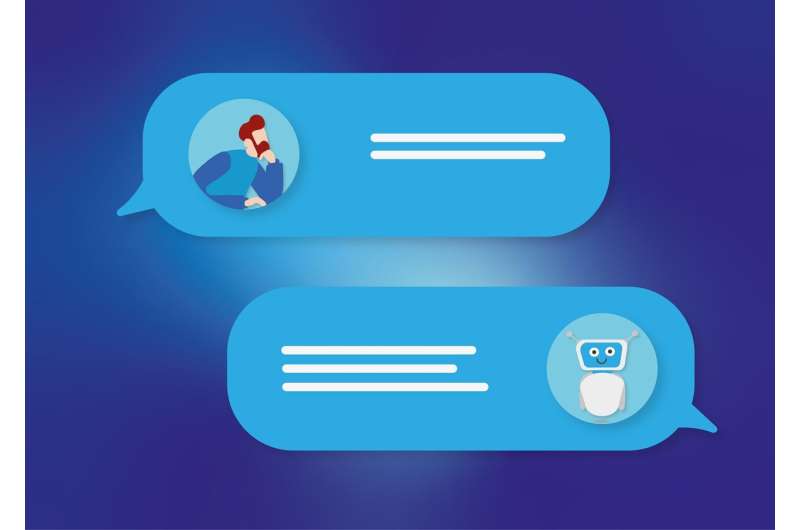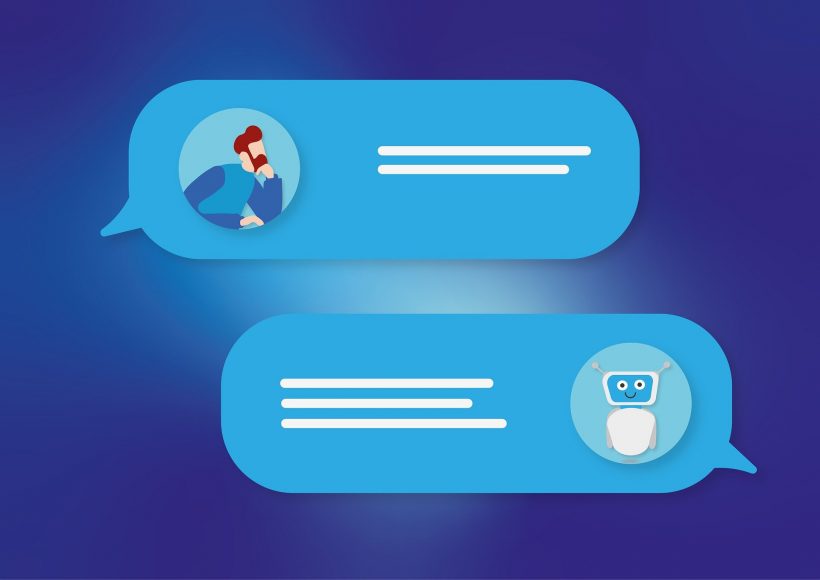
The Mercy health system plans to roll out a series of artificial intelligence-based tools in the coming months, in partnership with Microsoft.
Mercy, based in a St. Louis suburb, is the sixth largest Catholic health care provider in the country, operating in four states.
Its efforts are still in the early stages, but if they succeed, officials believe the technology could help patients navigate the health care system, reduce burden on medical staff and monitor for errors.
They aim to get a few programs up and running sometime next year, but officials are already looking at dozens of other potential uses for AI within the health system over the longer term.
Joe Kelly, Mercy’s executive vice president and chief transformation and business development officer, said the health system is treading carefully, with an eye toward ethical considerations like data privacy. The health system is developing its own AI “code of conduct.”
“We’re not going to rush,” Kelly said. “I think it’s really important to make sure that we do have the right safeguards in place before we just deploy technology like this into the wild.”
Dr. Lee Schwamm, professor of biomedical informatics and data sciences at Yale School of Medicine, said AI is already used in many parts of the U.S. health care system. Machine learning and automation are used widely in financial transactions.
“Conversational AI,” often used in retail to monitor satisfaction during customer service calls, is beginning to spread into health care. Schwamm think’s there is potential to use AI to write clinical notes, and to offer doctors suggestions of possible diagnoses that line up with patient symptoms.
People working on AI programs in health care, Schwamm said, need to ensure that there is human supervision of what the technology is doing or recommending. And they need to consider how transparent they are with patients.
“I think that the bigger question here is really not whether it’s going to be part of health care. It’s gonna be part of health care, just like it’s part of everything else. The biggest question will be: Will you know it when you’re interacting with it? And will you know when it has been used in your care?” Schwamm said.
One of the first programs Mercy plans to introduce is a chatbot where patients would be able to ask questions and get help understanding their lab results, which often hit patients’ online medical portals before medical staff have a chance to reach out and explain what the findings mean, Kelly said. The program should be able to cut back on calls over basic questions, he said, and patients will always be able to reach out to medical staff for more discussion if they want to.
Another program will take patients’ calls and schedule appointments. A third is an internal chatbot tool, where staff can find information about policies and procedures and answer HR-related questions.
Those first programs are just a few of the roughly 50 ideas Mercy leaders presented to Microsoft, as possible uses for AI in the health system.
Kelly said these tools aren’t expected to come at the expense of jobs. In an industry struggling with staffing shortages, the hope is to reduce the time workers spend on tedious tasks, and give them more time to spend with patients.
It wouldn’t be Mercy’s first time adopting this type of technology. Kelly said that for about a year now, Mercy has a machine learning model that predicts roughly when a patient might be discharged, in hopes of preventing people from spending more time in the hospital than they need to.
In the past, when a doctor determined a patient was ready for discharge, a staff member would then begin calling around, looking for available space at a skilled nursing facility, rehabilitation hospital, or wherever the patient may go next. It may take an extra day or two to find an available slot, which means the patient stayed longer in the hospital than they wanted to, and the hospital would have one less available bed for new admissions.
Doctors always have the ability to overrule the technology, Kelly said, adding, “We don’t want to have (AI) models performing patient care.” But in some cases, the prediction model meant that staff could start calling facilities and say, “Hey, four-and-a-half days from now, I will have a patient in need of a slot,’ Kelly said.
People working in this field are having conversations with regulators about appropriate safeguards, said Peter Lee, corporate vice president of research and incubations at Microsoft. They are also discussing how to mitigate potential biases that can be introduced by AI.
Kelly said the health system is taking a measured pace, despite the inclination to adopt AI tools soon.
“Health care has a massive staffing shortage, so there’s a big desire to move quickly,” he said. “But it’s counterbalanced by the desire to do this the right way and protect patient safety and privacy.”
Lee said he sees potential to use AI to cut back on the time health care workers normally spend on paperwork—from clinical notes, to notes referring patients to specialists, and notes justifying that lab tests or prescriptions should be covered by insurance. It could also be used to inform doctors when there is a clinical trial that a patient could participate in.
He also thinks the technology can be used as a backstop, to check for errors.
“I’m a big believer in using AI as a second set of eyes,” Lee said. “Just make sure that any errors, any biases are spotted, and that people are given a chance to rethink a decision or a calculation.”
“Generative AI turns out to be incredibly good at reviewing, and evaluating, and critiquing, and spotting errors,” Lee said.
One company that provides electronic medical record software, Epic, has an AI-based tool with Microsoft that helps doctors respond to patient emails more quickly. Lee said he’s found that some patients sometimes like the AI-assisted letters more, because they can add empathetic flourishes that doctors may not have time to.
2023 STLtoday.com. Distributed by Tribune Content Agency, LLC.
Source: Read Full Article
